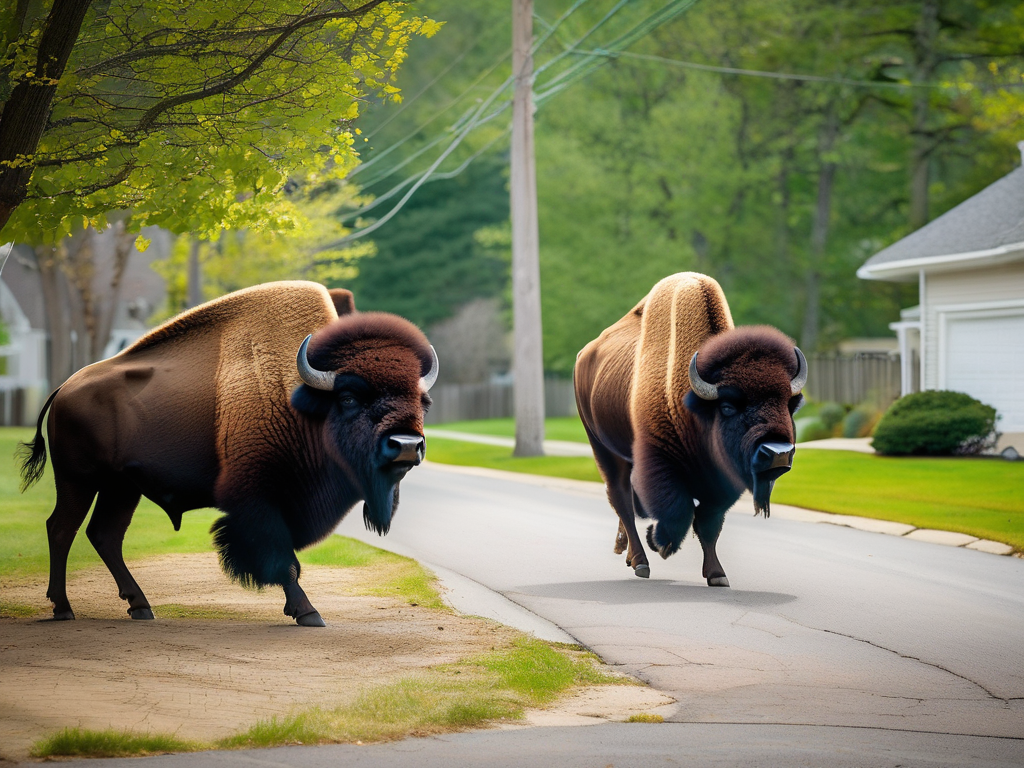
## Bison, Bots, and the Sheer Absurdity of It All
Seriously? Escaped bison in Connecticut? You can’t make this stuff up! Apparently, three hulking beasts have decided to ditch their enclosure for a leisurely stroll through suburbia. While I’m picturing them politely requesting directions to the nearest apple orchard, the authorities are scrambling. And you know what else is causing a stir? This new… thing. This language model. Let’s call it “the fluffernator” just to match the bison vibe.
It’s supposed to be revolutionary! A breakthrough in artificial intelligence! It generates text! How novel! We’ve been waiting, *patiently*, for machines to finally become eloquent enough to pen grocery lists and passive-aggressive work emails. And now it’s here, apparently capable of mimicking human conversation. Wonderful. Just what we needed: another digital entity vying for our attention, potentially plotting world domination via slightly more coherent chatbot responses.
I mean, really, think about the timing! We’ve got rogue livestock roaming free and a new digital entity promising to change everything. It’s almost… poetic. Except it’s deeply irritating. Bison are charmingly chaotic; they represent nature rebelling against confinement. This language model? It represents humanity’s relentless pursuit of replicating something inherently *human*, while simultaneously building escape routes for actual, living creatures.
The irony is thick enough to spread on toast. We’re striving to create artificial intelligence that can generate convincing text, all while real-world problems – like keeping giant animals contained – remain stubbornly… animalistic. Perhaps the bison have a point. Maybe they’re just looking for something more meaningful than grazing in a field, and maybe we should all consider joining them on their escape. Just watch out for the fluffernators. They might start writing about *that*.